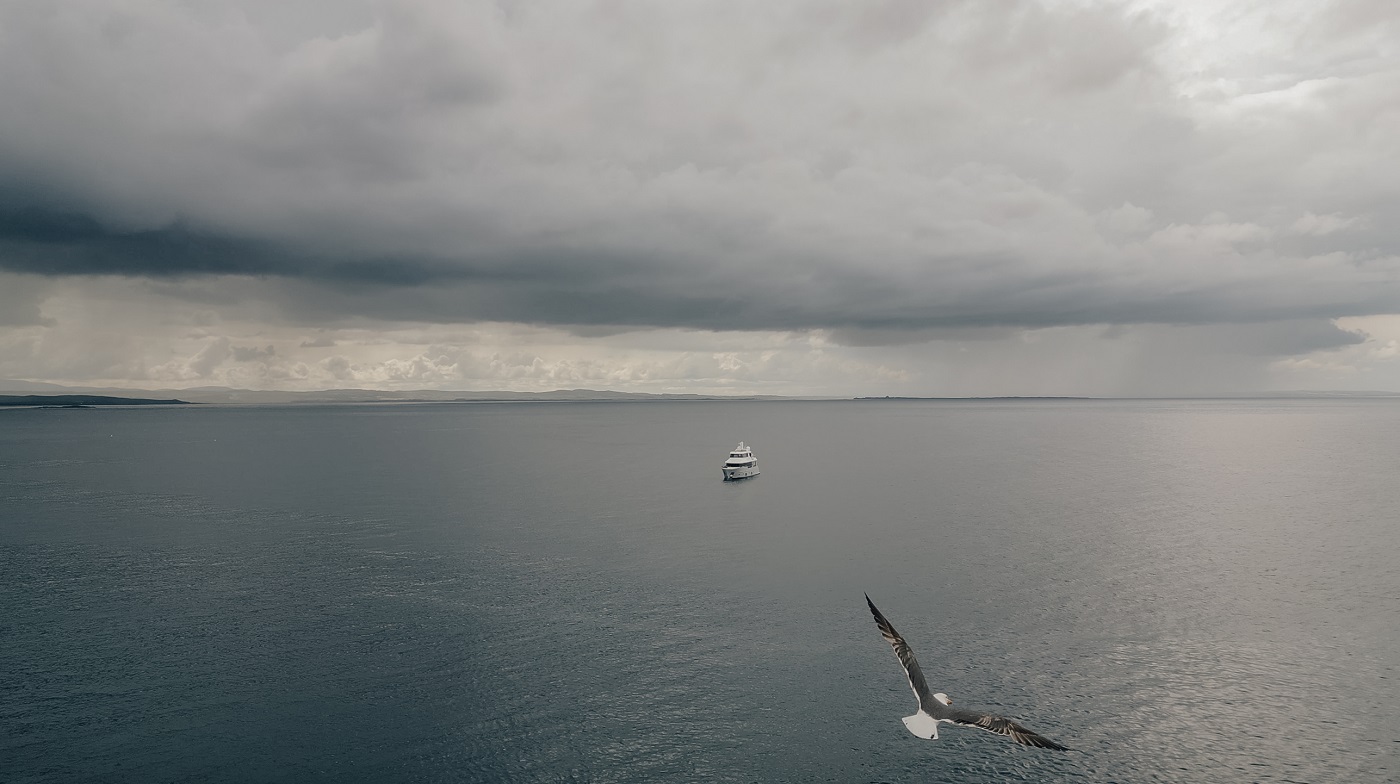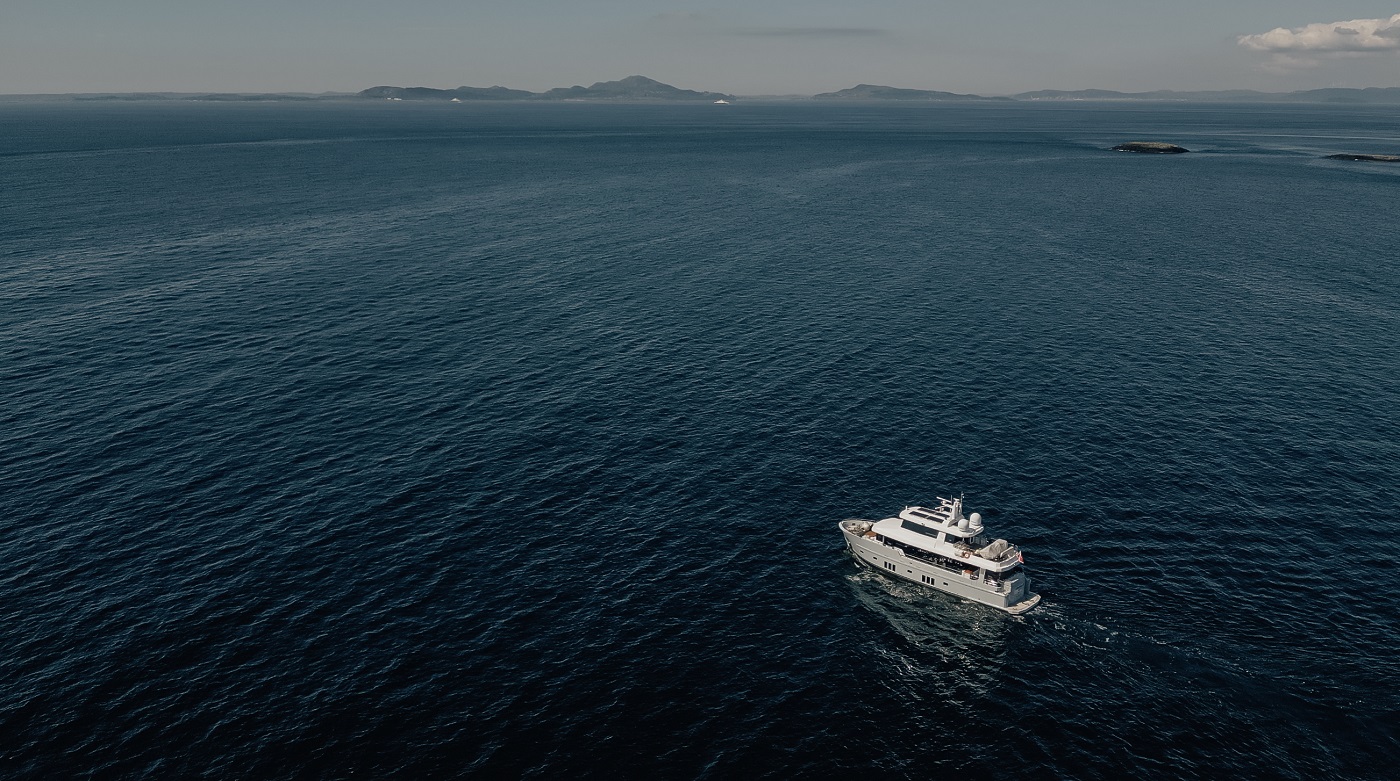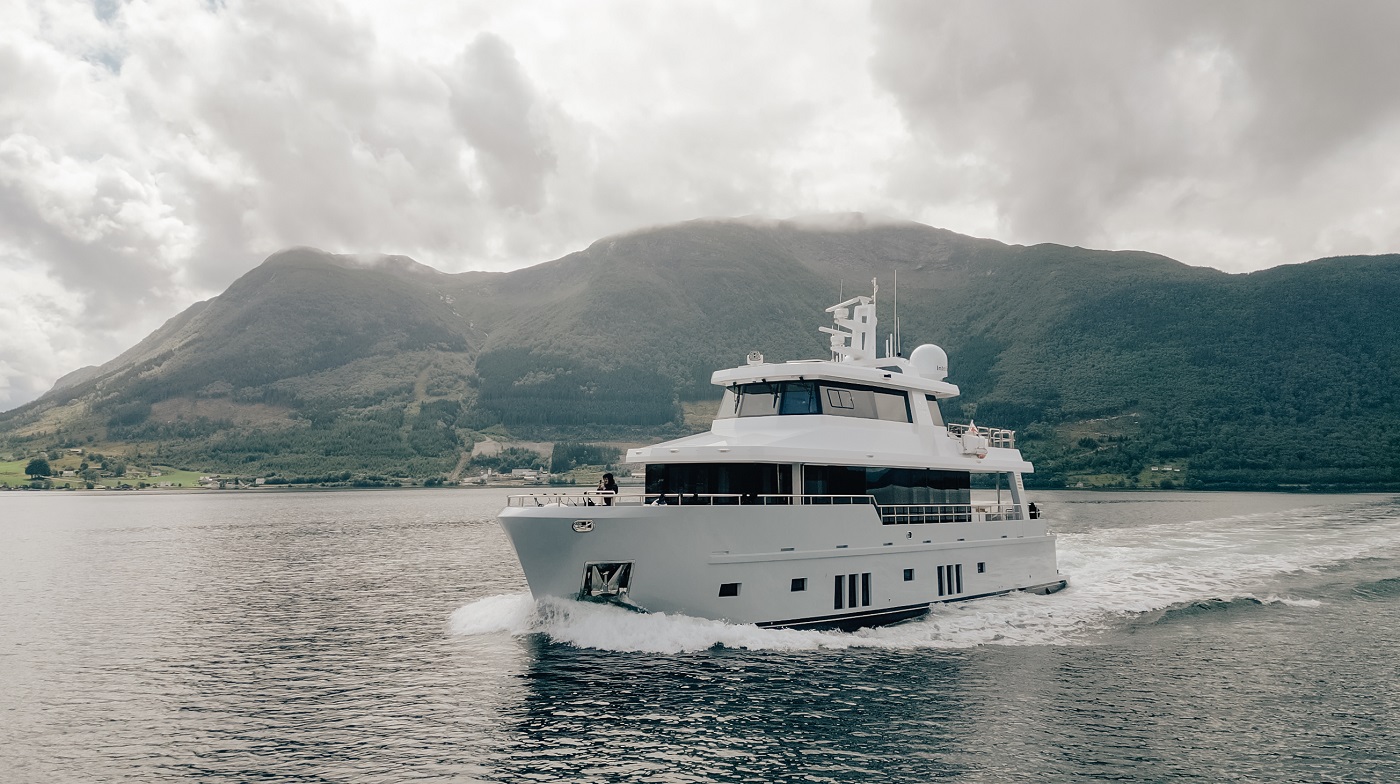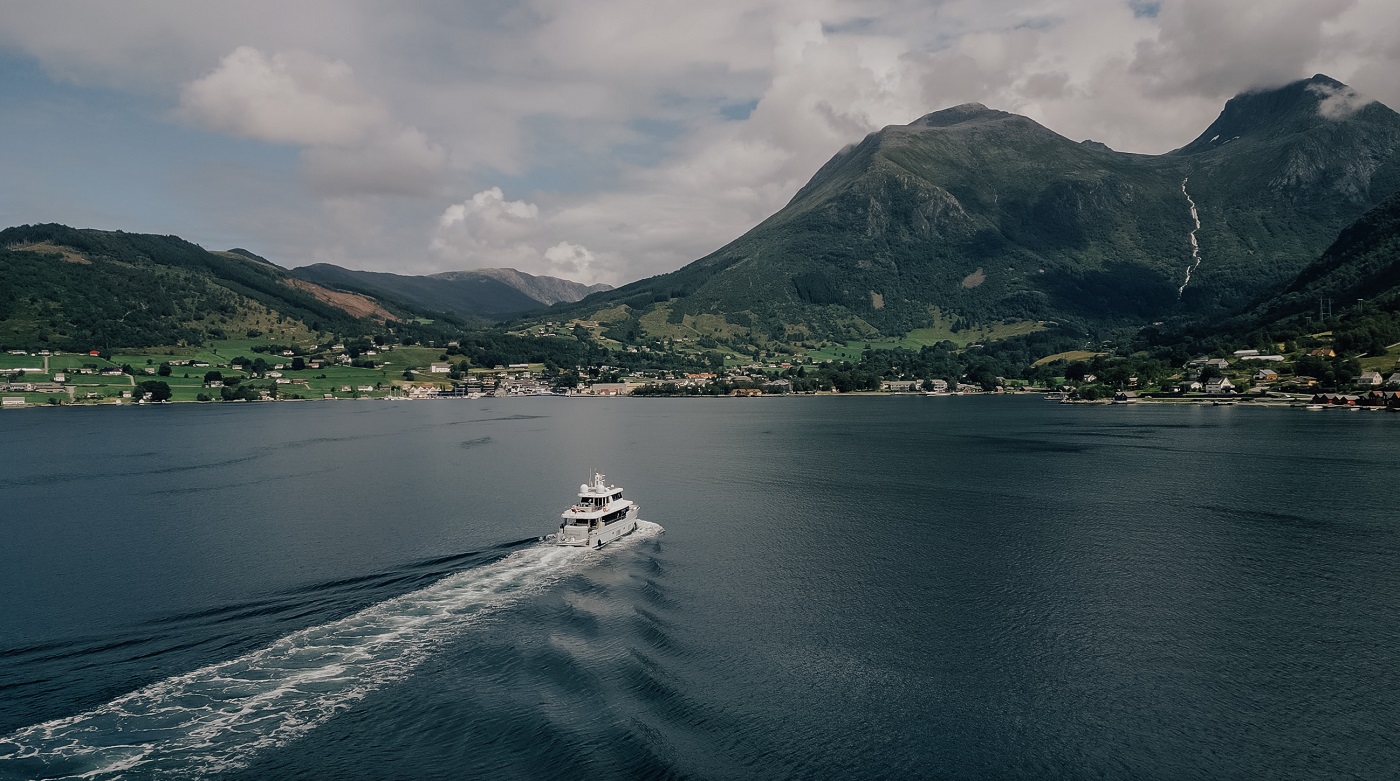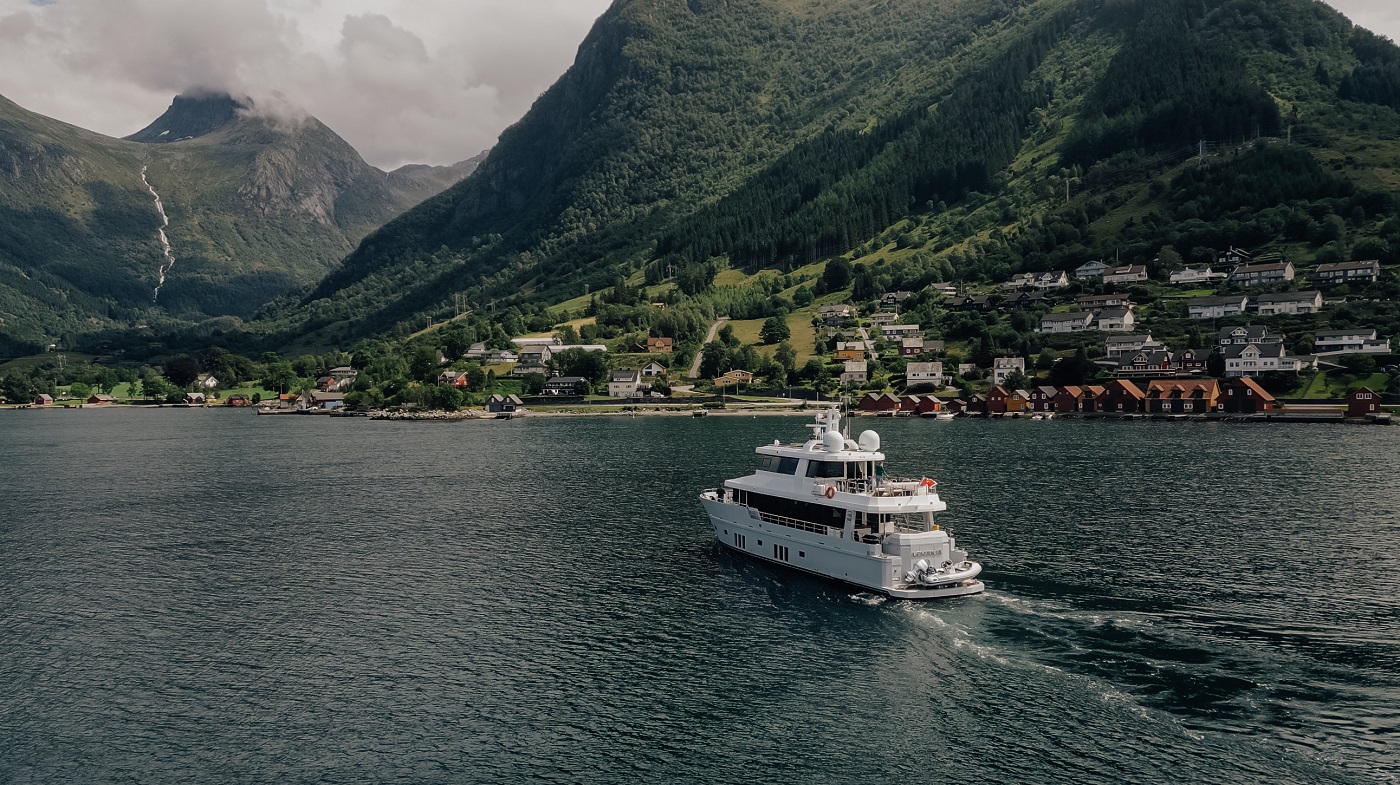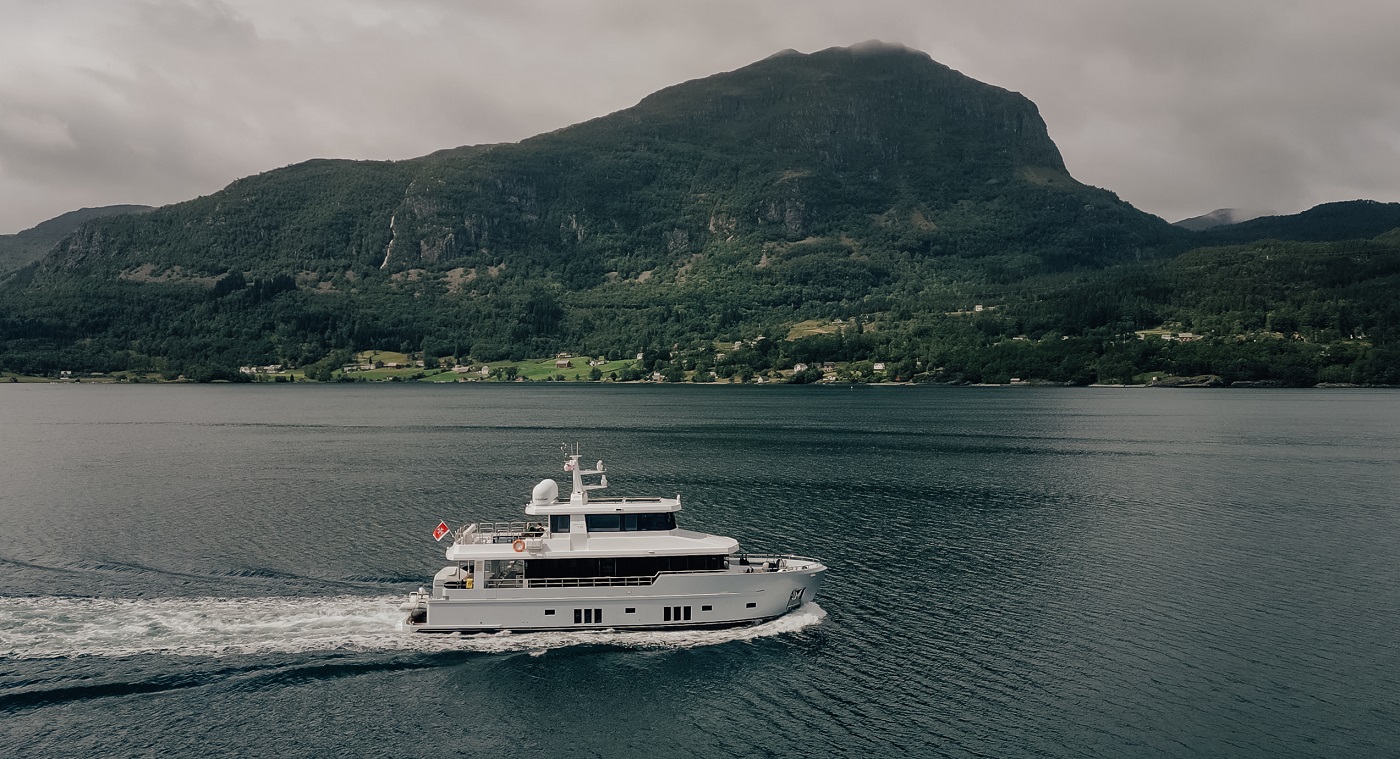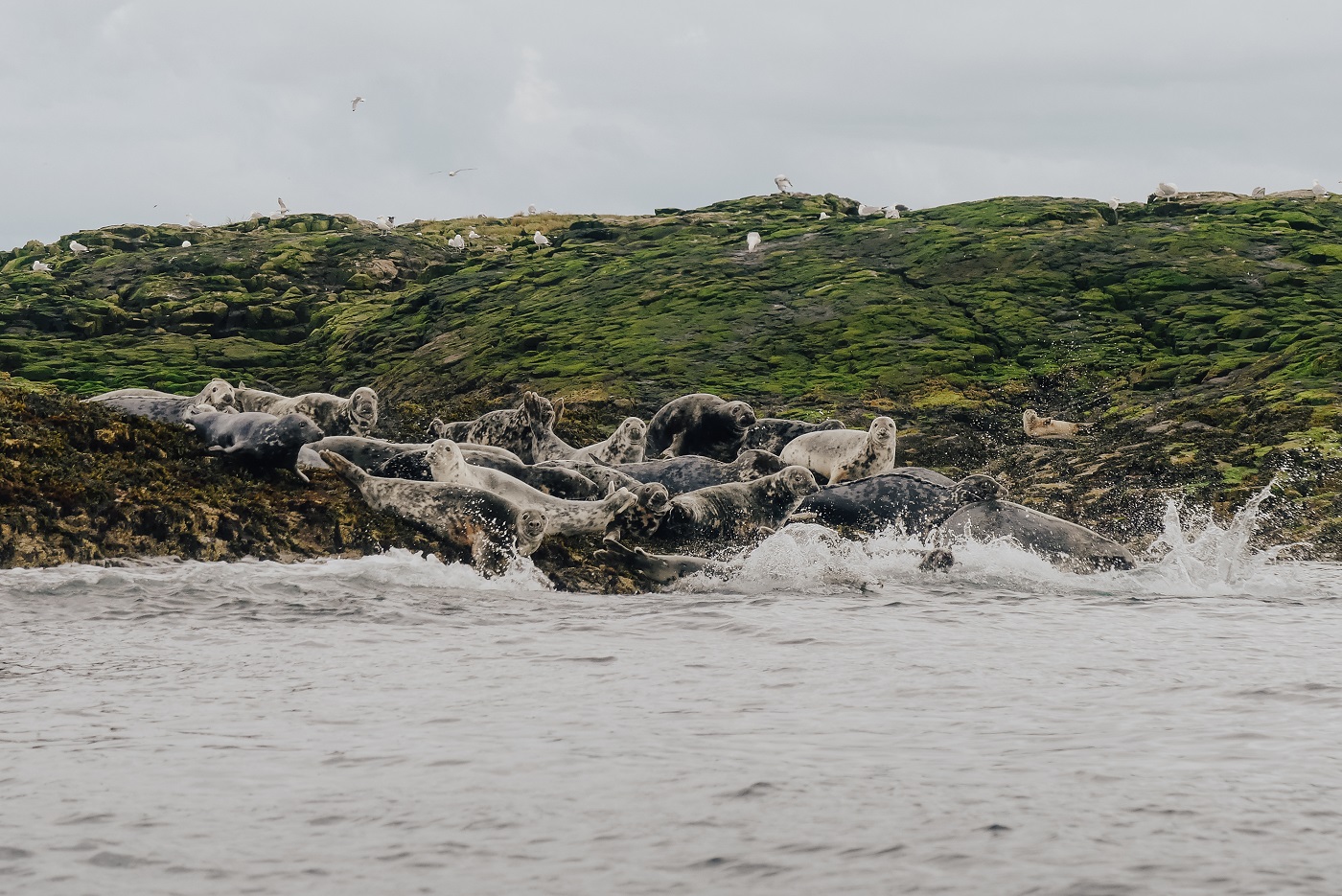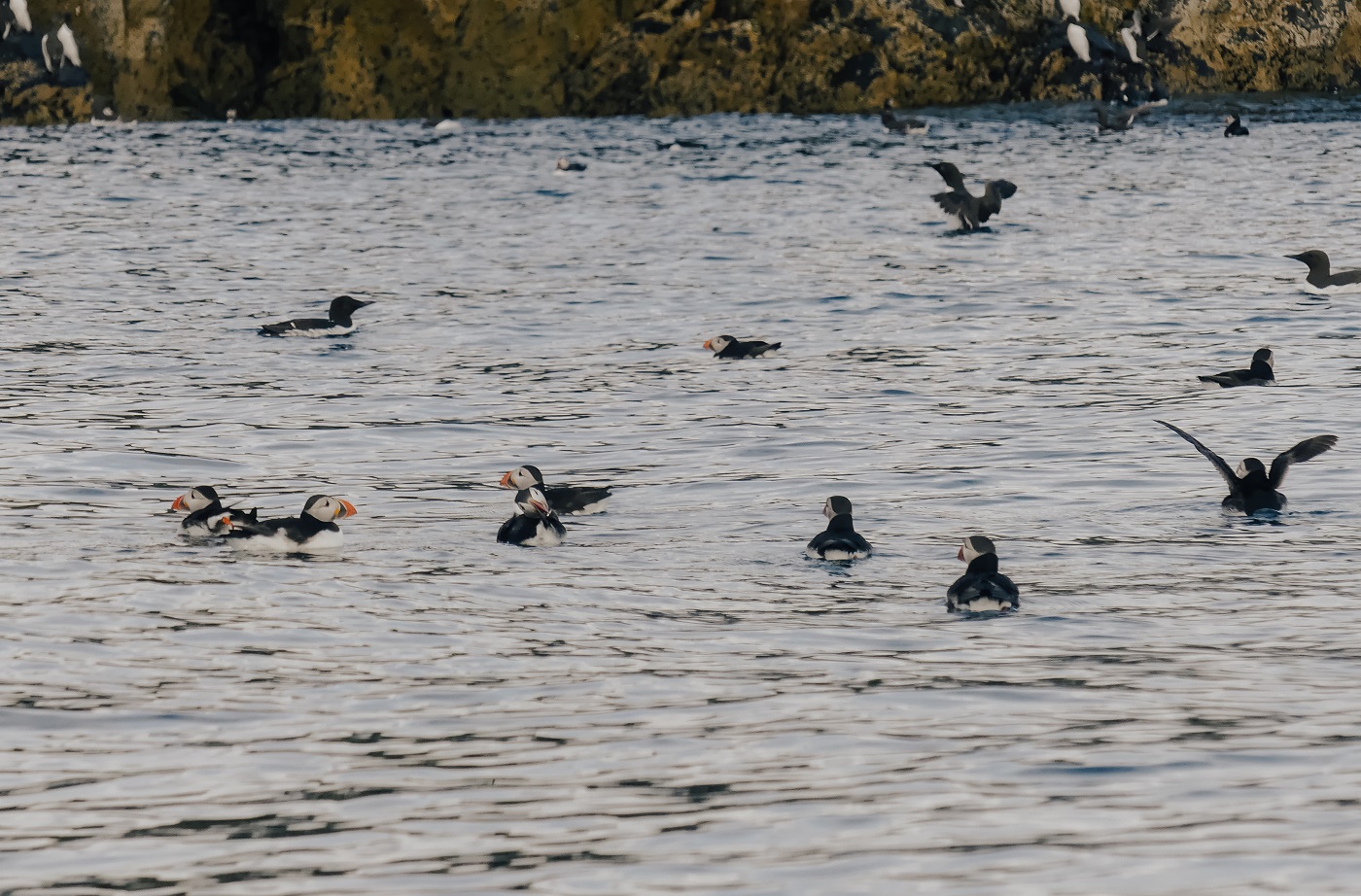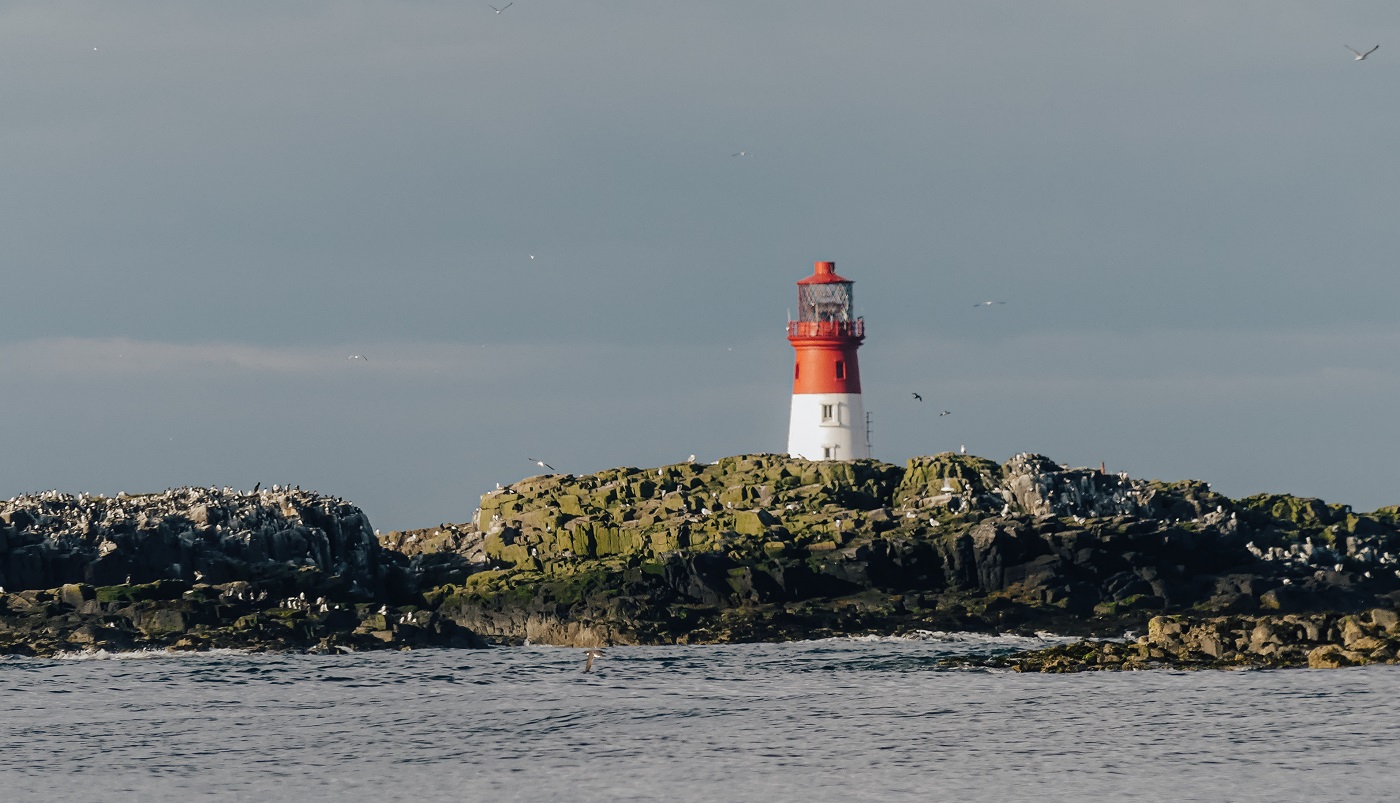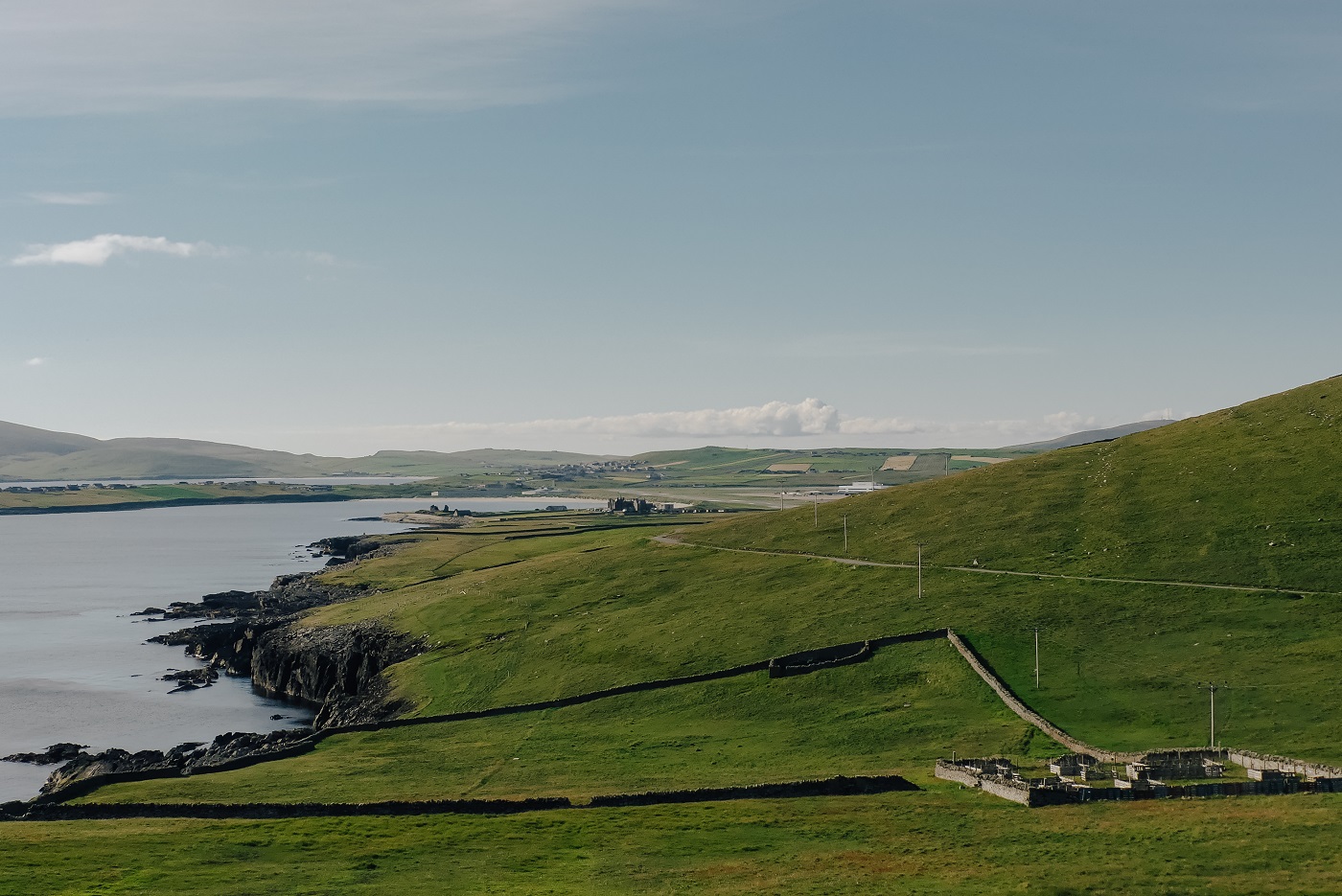Interview with the Owner of Bering 76 Lemanjá: A Journey North
Route: England – Norway – Shetland Islands – Caledonian Canal – Ireland
Two years ago, we spoke with the owner of the expedition yacht Bering 76 Lemanjá about his great voyage from Türkiye to England – 4,600 nautical miles filled with sunshine, the Mediterranean, and first discoveries. But today’s story is a very different one.
This time, it’s about a harsher, yet no less beautiful route. Together with his family, he set out north, to where the open sea meets fog and cliffs, where nature still reigns as the ultimate force. This wasn’t just a route – it was months lived aboard: in closeness, freedom, and the present.
In this interview, he shares a heartfelt story about ever-changing weather, wild animals unafraid to approach the hull, and the deep calm that only comes when you’re truly far away. He also explains why Lemanjá has always been more than just a boat. (All wording and punctuation are preserved as provided by the B76 Lemanjá owner.)
– How did you plan your route?
First of all, there is a “big plan” of areas and destinations that my wife and I would like to reach by boat in the remaining years of our lives. From this bucket list, destinations are selected every year, and the corresponding route is planned. This time it was from the south of England to Norway, there through fjords and then back via Shetland Islands, Scotland, Caledonian Canal, and Ireland to the south of England.
– Did you travel with your family?
My wife and I travel together. My son and his partner accompanied us on this trip, as well as on the last one, for many weeks, to our great joy. In addition, a deck steward accompanied us.
– Were you and your family able to keep your usual daily routine on the yacht?
Yes. During the trip, thanks to Starlink on board, work was also done online if necessary. We have not only sailed but also made many visits, hikes, and excursions at the respective destinations.
– How long did the trip take, and how many nautical miles did you travel?
Four months were planned, i.e., May to the beginning of September. This is the maximum time window available in the North Atlantic between the last spring storms and the first autumn storms. Unfortunately, my wife had broken her hand, which had to heal first. So we could only start on May 29th. We came back to England at the end of August.
The total sailing distance was 2,150 nm.
– What kind of weather did you experience along the way?
We had the entire range of weather—from beautiful, sunny sea weather with calm seas to 45 knots of wind with very high waves—and this despite always very prudent weather planning. The weather is very changeable in the north. In the morning, it can still be beautiful and windless, but an hour later, it storms and rains, or suddenly dense fog comes up out of nowhere.
Good weather planning is therefore essential. It is very important not to rely on just one weather model. I always compare the data from at least three weather models. It is amazing what differences there are in the forecasts on some days. In the end, things can still turn out differently than all models predicted.
In addition to the weather, tides are a major factor in the North Atlantic. The tidal range must be observed very carefully, for example, when anchoring (correct chain length and sufficient water under the keel) or when entering ports. Many ports can only be reached at certain tides.
A major challenge in the North Atlantic, especially near the coast, is the currents. 4 to 5 knots and more in current speed are not uncommon; 2 to 3 knots are considered normal. If the current comes across, the boat travels transversely to the direction of travel. It is always a “scary” feeling when you look over the bow and see a different point than the one you are actually heading for.
It gets worse when the wind blows against the current. Then, an extremely steep and high sea develops. If you have to sail against it, it is a strain on the boat and the people on board. This happened to us once during a night trip on the English East Coast. Material and nerves had to endure 6 hours of endurance testing.
– You saw seals and even penguins on the Shetland Islands. What was that like?
The best thing about sailing in the North Atlantic areas is that there is little shipping traffic compared to other regions. In particular, there are only very few pleasure yachts „on the road“ there. Here, “remote places” are actually remote and lonely.
These, in turn, are ideal retreats for animals. The animal populations there are correspondingly numerous and species-rich. Also, the animals there are sometimes not so shy towards humans. For example, we were anchored at the Farne Islands for one night. There, birds sat right next to us on the deer and did not let us disturb them while cleaning their plumage. And above all, many seals came again and again curiously and without any shyness to Lemanjá. It was an incredible and unforgettable experience for all of us on board.
The funniest birds on the Shetland Islands are the puffins. With their large beaks, in relation to the small wings, large head, and body, they not only look funny. They are true flight artists. Only when taking off and landing do they sometimes have difficulties, which is incredibly fun to watch.
– How often did you need to restock or refuel?
Before our departure, we stored enough food and drinks in our large pantry. On the way, we only bought fresh vegetables and fruit at the ports.
We refueled once on the way because the price was very cheap there. But we wouldn’t have had to refuel. For the 2,150 nm we sailed on this tour, we used less than half of our tank capacity in fuel.
This year, there were no particularly long passages without a stop. The longest were the two crossings of the North Sea from England to Norway and later back again. They were about 260 nm each and took us about 32 hours each.
– As the owner of the expedition yacht, what is most important to you — safety, autonomy, or freedom?
As the owner of the expedition yacht, the most important thing for me is that I can rely on the boat in any weather, any sea, and at any time. That all crew and guests on board are always safe, and that traveling by this boat is pleasant and a pleasure for all passengers. And that the choice of my destinations and cruising areas is not restricted or limited by the boat. I love the feeling of being self-determined and free. For me, the only place where you can still feel real freedom is out there at sea.
– Were there any surprises or unexpected moments during the trip?
On our journey there were plenty of surprises, unexpected moments and lived stories – big and small. Too many to list them all here. One of them is, for example, the rescue exercise of the English Coast Guard, with Lemanjá in the lead role – see below.
The most exciting are the seafaring challenges. The most beautiful are the experiences with and in nature at sea and on the coasts and, above all, the many interesting encounters and exchanges with people from different cultures – the Norwegian is still the Vikinger and a Scotsman is not English at all.
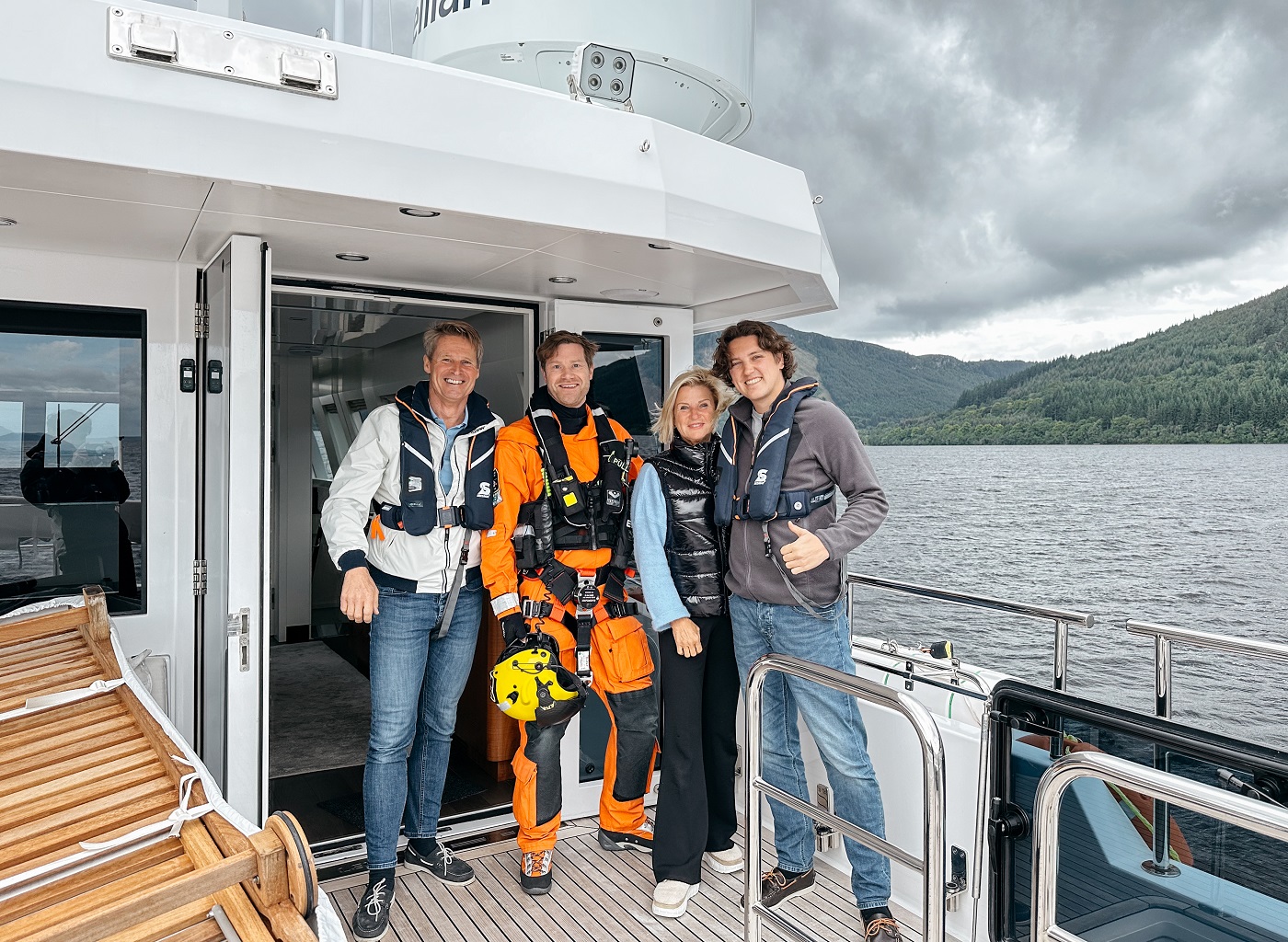
– You shared amazing footage of a helicopter rescue training exercise with the Coast Guard. Can you tell us how it happened?
As we were sailing on Loch Ness in fairly strong winds, my son suddenly said that there was a large coast guard helicopter flying very close behind us. At that moment, I received the pilot’s radio message. He asked me to do a rescue exercise on Lemanjá. I should please continue my journey at 8 knots of speed and without changing direction.
He then tried to drop a man on our flybridge by rope at full speed, or rather full flight. Due to the strong wind prevailing at that time, it took several attempts. In the end, however, the man landed safely on board with us.
A dicey moment in this whole manoeuvre arose when a sailboat under full sail came onto our course just as the Coast Guard man had landed on our flybridge and tried to release the hook of the rope from his rescue suit.
The sea rescuer then had to be “picked up” from our bathing platform. It was probably going to be a bit more difficult, as the pilot had to position the line with the hook even more precisely.
This story is not a sailor’s yarn, everything can be read in the daily protocol of the English Coast Guard.
– What makes this northern route — Norway, the Shetlands, and the Caledonian Canal — different from more popular destinations?
As described above. The difference to popular and usual yachting areas is the seafaring challenges, the weather, the sometimes complete loneliness, the landscape and nature.
– How did you prepare for northern conditions?
In terms of seafaring, I dealt intensively with tides, currents, the weather, and the areas in advance and prepared for them. As for Lemanjá, it was built to sail in such areas. They are their “natural environment”, so to speak. So she didn’t need any special preparation. Regardless of this, Lemanjá was of course extensively and comprehensively maintained during a lift out in March.
The crew prepared by buying warm and rainproof clothing.
– Before this trip, you cruised from Turkey to Mallorca, passing Sicily, the Bay of Biscay, etc. How would you compare that experience to this one?
The journey through the Mediterranean is in no way comparable to the journey in the North Atlantic. The Mediterranean is pleasure cruising, the Atlantic is at sea.
– If you had to choose north or south, which one would you prefer, and why?
It is a variety that enriches our lives and makes them exciting. I would therefore not want to choose one of the areas. Alternating between high and medium latitudes is what makes it so appealing.
– How did being far from civilization feel out in the open sea?
The further away from civilization, the greater the feeling of freedom and independence. But the greater is the respect and reverence for the sea, the weather and the forces of nature. It is not for nothing that the saying goes, “at sea your fate is in God’s hands alone”.
– We know the yacht is currently for sale.
Lemanjá is for sale because, as John Lennon once said, “life happens while you make other plans”.
– What would you like to wish or say to the future owner of Lemanjá?
To the future owner, I would say: continue the voyage we began with Lemanjá – she deserves it.




